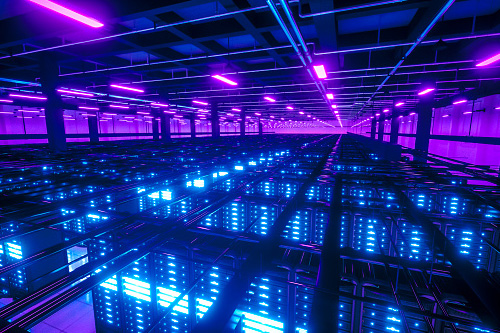Red Hat’s OpenShift Container Platform (OCP) provides enterprise Kubernetes-bundled devops pipelines. It automates builds and container deployments and lets developers focus on application logic while leveraging best-of-class enterprise infrastructure.
OpenShift supports a broad range of programming languages, web frameworks, databases, connectors to mobile devices and external back ends. OCP supports cloud-native, stateless applications and traditional applications. Because of its flexibility and utility in running advanced applications, OCP has become one of the go-to places that support high-performance computing.
Red Hat’s OCP comes in several deployment packages, including as a managed service running on the major cloud platforms, as virtual machines, and on “bare metal” servers, meaning a user installs all the software needed for the platform and is the sole tenant of the server.
It’s that last use case in which Supermicro’s SuperBlade servers are especially useful. Their advantage is that they support a higher-density infrastructure and lower-latency network configuration, along with benefits from reduced cabling, power and shared cooling features.
The SuperBlade comes in an 8U chassis with room to accommodate up to 20 hot-pluggable nodes (processor, network and storage) in a variety of more than a dozen models that support serial-attached SCSI, ordinary SATA drives, and GPU processor modules. It sports multiple AMD EPYC™ processors using fast DDR4 3200MHz memory modules.
A chief advantage of the SuperBlade is that it can support a variety of higher-capacity OCP workload configurations and do so within a single server chassis. This is critical because OCP requires a variety of server roles to deliver its overall functionality, and having these roles working inside of a chassis means performance and latency benefits. For example, you could partition a SuperBlade’s 20 nodes into various OCP components such as administrative, management, storage, worker, infrastructure and load balancer nodes, all operating within a single chassis. For deeper detail about running OCP on the SuperBlade, check out this Supermicro white paper.



